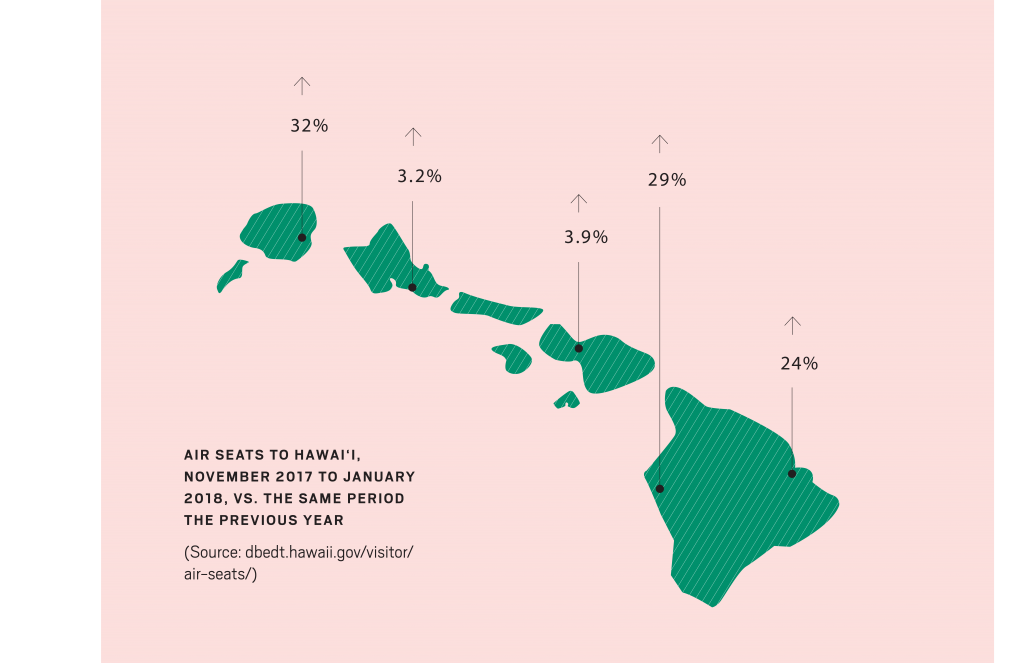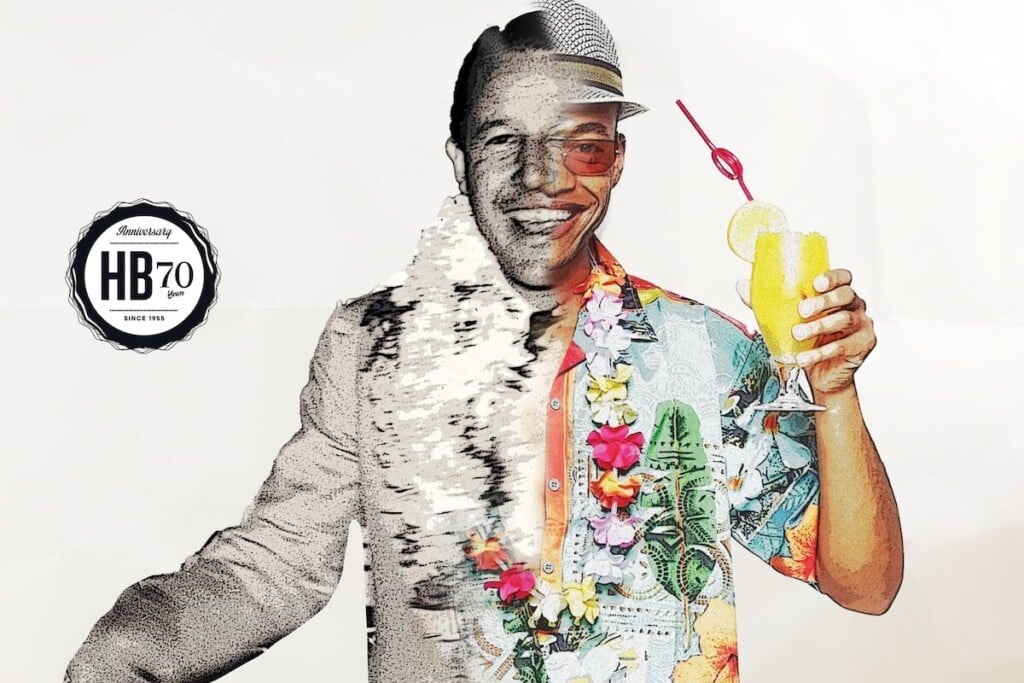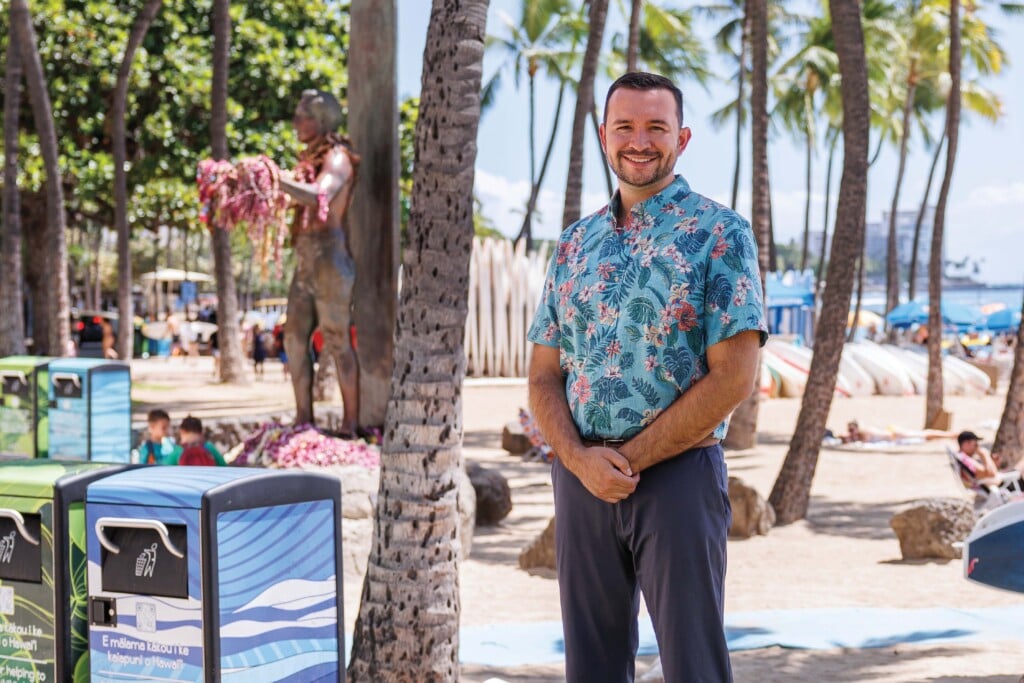Overtourism and Crowding at our Favorite Spots
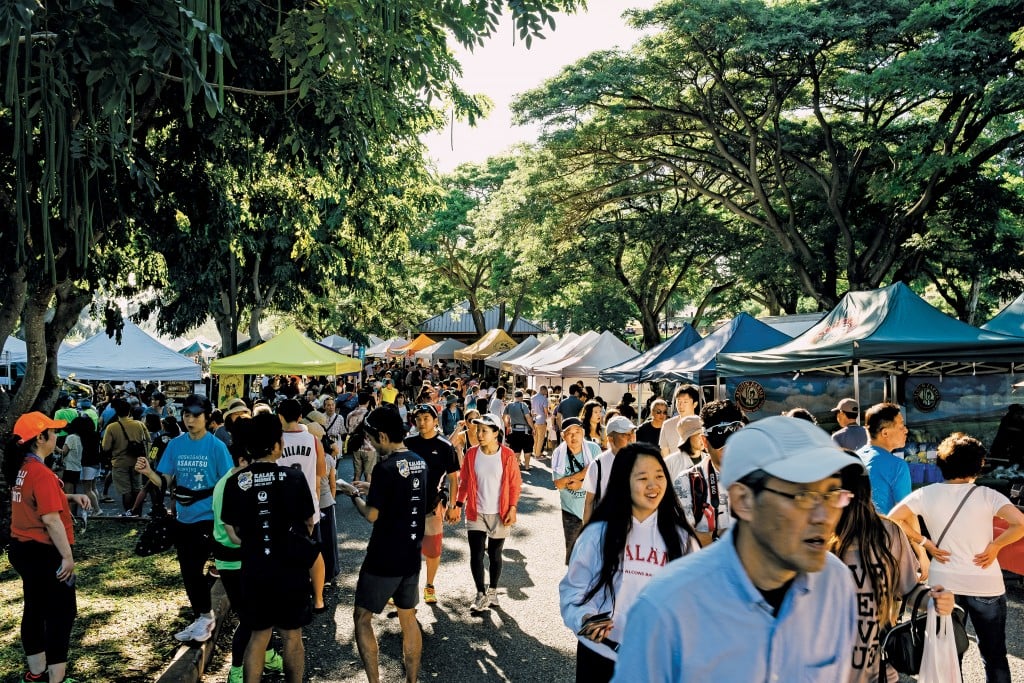
Changing Habits
But it’s not just the numbers that are making the Islands feel more cramped. If the human headcount on my favorite beach had only kept pace with the rise in tourism, it might have risen 30 percent, not nearly fiftyfold. Globally, travel habits have evolved. Whereas in past generations visitors to Hawaii could be found mostly in resort areas, the past two decades have seen a strong shift toward visitors seeking “authentic” or “secret” experiences and looking to stay outside designated tourist areas like Waikiki. Books like the “Hawaii Revealed” series, which first outed a plethora of hidden Hawaii destinations to visitors in the 1990s, capitalized on that desire. (“Find deserted beaches, hidden waterfalls and lush rain forests. As well as scores of other hidden gems listed nowhere else,” says its website.)
And for the Millennial generation, experiencing the world this way is a given. “They’re a different traveler,” says Szigeti.
“My daughter is 24. She’s not going to sit by the pool and have a mai tai for a couple of days. She’s going to get on her phone and go, ‘Where do locals hike? Where do locals swim? Where do locals eat?’ Therein creating new challenges. They’re going into uncharted areas, they’re going into communities, they’re hiking, they’re swimming, they’re diving off cliffs that before weren’t even on the map.”
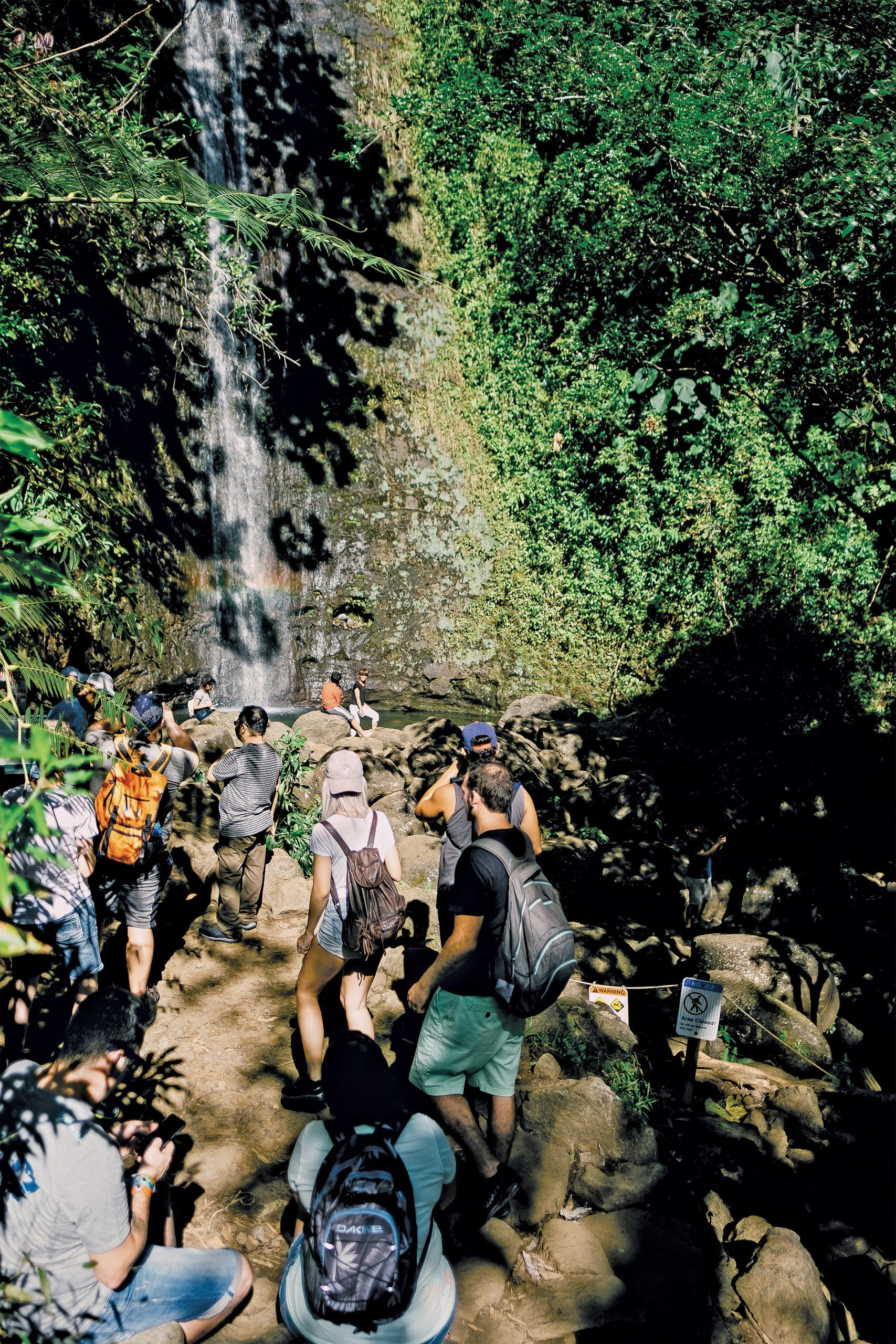
Crowd of visitors at the Manoa falls hiking trail
They’re also using technology tools that didn’t exist a decade ago. Vacation rental sites like Airbnb and VRBO enable tourists to base themselves in residential areas. Now there’s an Airbnb rental in nearly every ZIP code in the state, and as of 2016, about 10,000 Hawaii Airbnb listings total (compared to 43,912 hotel rooms in the state for the same period). “The overcrowding is real. There’s not much disputing that,” UHERO Executive Director Carl Bonham says. “If you think about Kailua town, it’s hard to call it a town anymore because of how much it has changed.”
The rise of social media platforms like Facebook and Instagram, where pretty pictures serve as currency and inspiration, has also transformed visitor access in less than a decade. Suddenly, you don’t even have to purchase “Oahu Revealed” to find out about secret places. You can just log on to Facebook to see friends’ endless streams of vacation snaps, or to Instagram for a hailstorm of #luckywelivehawaii images. Many travelers are now choosing destinations based on their Instagram feeds; users can geotag the photos they post, and if there’s a spectacular snap with no geotag, someone is sure to comment, “Where is this?”
“It’s the world we live in now,” says Szigeti. “Social media has made the world smaller and more accessible – to everyone. There are no secrets anymore.”
Says Hawaii economist Paul Brewbaker, founder of TZ Economics, “It’s not just that there are more tourists, but there are more people in general that know where the good stuff is. (Social media) has unleashed intensive utilization of natural environments and open access recreational resources, all within a few years.”
“So much of what is happening is fueled by social media,” agrees Dan Dennison, senior communications manager at the state Department of Land and Natural Resources. “That’s where people get their ideas about places to go and see.” It’s not just about the finding, adds Dennison, but about the behavior once they’re there: “(Social media) allows anyone and everyone to purport anything online, and people will take that as gospel truth.” Even a brief search of Hawaii-related Instagram tags reveals people touching or getting too close to endangered species, climbing on fragile historical sites, hiking dangerous or off-limits but spectacular trails – all of which looks like it might be normal behavior if you’re viewing it from your room in Wisconsin, or even from your dorm at UH.
“People think, ‘I’m here in Hawaii.’ It’s that paradise syndrome: What can go wrong in paradise? They’ll just chance it.”
David Jenkins, Public information officer, Honolulu Fire Department
The lack of contextualizing safety or cultural information can encourage unsafe or cavalier behavior, agrees David Jenkins, the Honolulu Fire Department’s public information officer. “People think, ‘I’m here in Hawaii.’ It’s that paradise syndrome: What can go wrong in paradise? They’ll just chance it.” Asked about numbers, Jenkins sees “everything ratcheting up in the past four or five years” – both in numbers of hikers and of rescues conducted. 2015 saw 187 HFD-assisted mountain rescues on Oahu; in 2016, there were 260.
Brewbaker adds that each tourist who wants to experience as much of a destination as they can in a limited time, is predisposed to use public resources at a far higher rate than residents who are busy earning a living and can always get to a place next month, or next year: “When’s the next time you’re going to go hike to Lanikai Pillboxes? I grew up in (Kailua), and I’ve done that twice in my life. It’s not just that there’s been a preference shift to an experiential kind of tourism. It’s that it’s been so dramatically facilitated by breaking down the information asymmetry” – the kind that used to exist between locals who knew about secret places but only visited them once in a while, and tourists who came for a finite amount of time but were available and motivated to seek out several in one day. An experience-hungry tourist might use as many public resources in a week as a resident might use in a year.
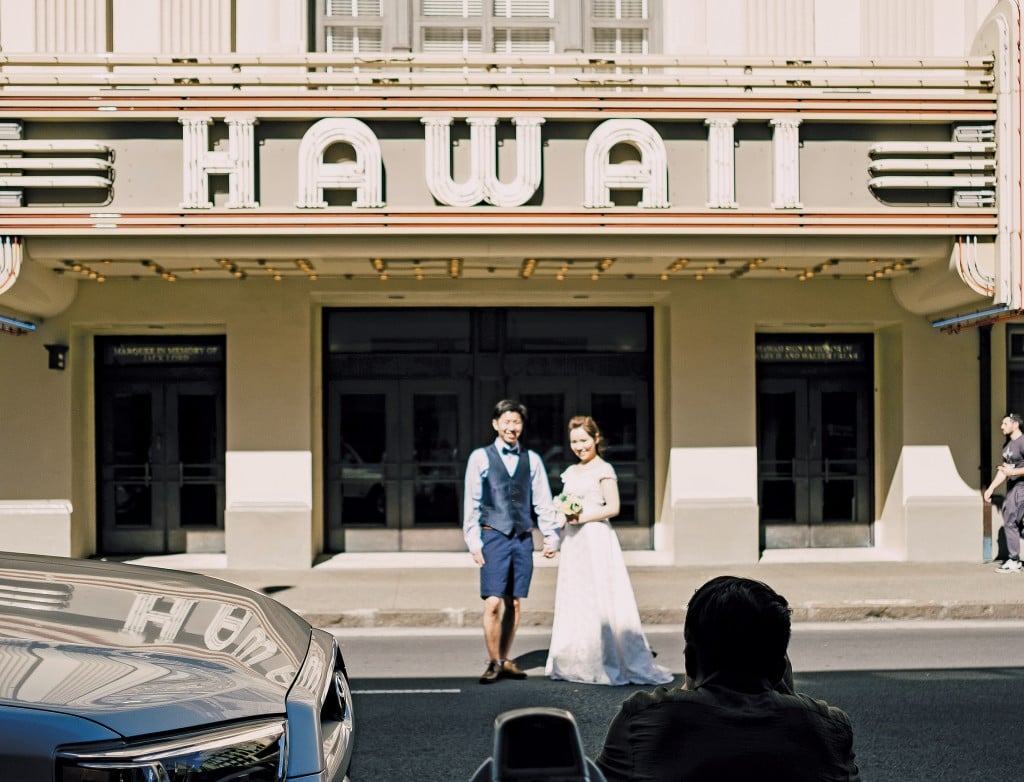
A Japanese newlywed photoshoot in front of Hawaii theater. Many Japanese do this every day.
